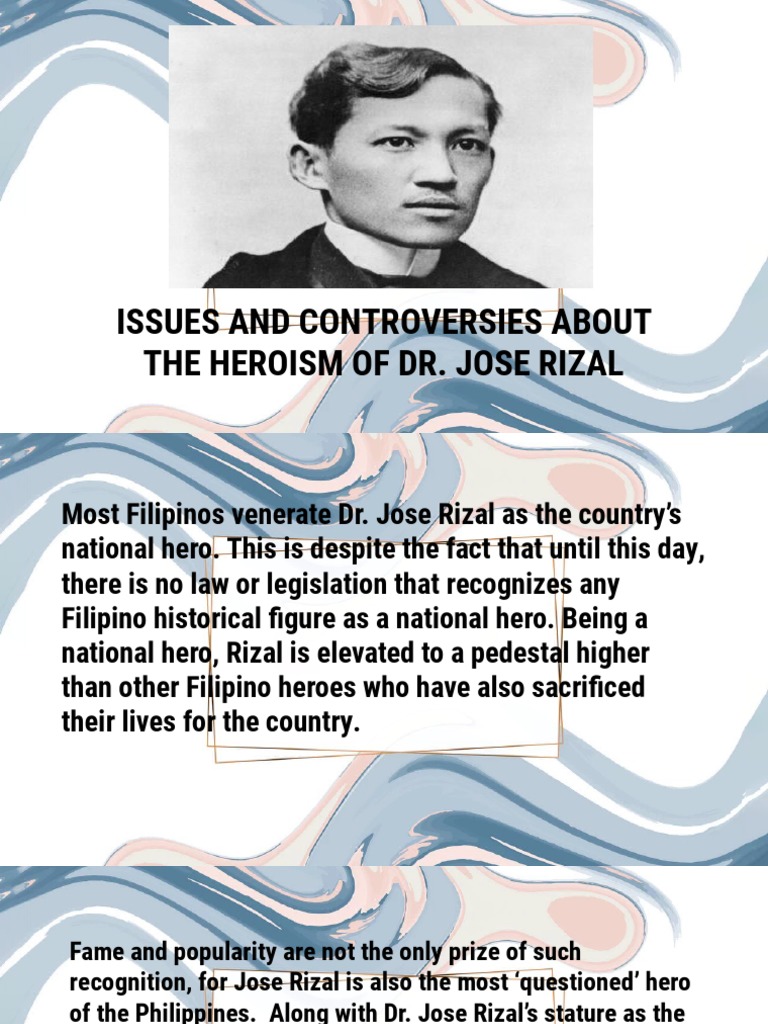Authenticity In Media: The Need For Deeper Asian And Asian American Storytelling

Table of Contents
The Prevalence of Stereotypes and Misrepresentations
The underrepresentation of Asians and Asian Americans in media is deeply problematic, often resulting in harmful stereotypes and misrepresentations. These inaccurate portrayals have significant consequences for individuals and communities.
Harmful Tropes and Their Impact
Common stereotypes, such as the "model minority" myth (portraying all Asians as hyper-intelligent and successful, ignoring the struggles of many), the "perpetual foreigner" (casting Asians as perpetually foreign, regardless of citizenship), and hypersexualization (reducing Asian women to objects of desire), are pervasive and damaging.
- Examples in popular media: The submissive Asian woman in many Hollywood films, the nerdy, asexual Asian man in sitcoms, and the over-representation of Asians in STEM fields without acknowledging the challenges they face.
- Consequences: Internalized racism, limited opportunities in various fields, social isolation, and the perpetuation of harmful prejudices. These stereotypes create a skewed and incomplete picture of Asian and Asian American communities, leading to misunderstandings and prejudice.
The "Bamboo Ceiling" and Lack of Opportunities
The lack of authentic Asian and Asian American storytelling is directly linked to the "bamboo ceiling"—the subtle yet significant barrier preventing Asian and Asian American creatives from achieving leadership positions in the media industry.
- Statistics: A significant disparity exists in the representation of Asian and Asian American directors, writers, and producers compared to their population percentage. Studies consistently show underrepresentation across all levels of media production.
- Systemic Barriers: This underrepresentation stems from systemic biases, including unconscious bias in hiring practices, a lack of mentorship opportunities, and the limited visibility of Asian and Asian American voices in decision-making roles. The lack of diverse voices behind the camera directly impacts the narratives that are told.
The Importance of Authentic Representation
Authentic representation is not just about including Asian and Asian American characters; it's about accurately reflecting the rich diversity of experiences within these communities.
Showcasing the Diversity of Asian Experiences
The Asian diaspora encompasses a vast array of cultures, ethnicities, and experiences. Ignoring this diversity leads to a homogenized and inaccurate portrayal.
- Underrepresented Cultures and Experiences: The unique histories and traditions of Southeast Asian communities, the diverse experiences of Pacific Islanders, and the struggles faced by Asian immigrants are often overlooked. Authentic Asian and Asian American storytelling must capture this breadth.
- Intersectionality: It's crucial to consider the intersection of race, gender, class, sexuality, and other identities in portraying Asian and Asian American characters. A multifaceted approach is essential for nuanced and accurate representation.
Fostering Empathy and Understanding
Authentic Asian and Asian American storytelling has the power to challenge stereotypes, foster empathy, and promote better cross-cultural understanding.
- Positive Examples: Films like "Minari" and "Parasite" offer glimpses into nuanced and authentic experiences, while shows like "Fresh off the Boat" (though not without its criticisms) attempted to depict a specific cultural experience.
- Impact on Audiences: Authentic stories can challenge preconceived notions, broaden perspectives, and humanize characters, creating a more compassionate and inclusive society. This kind of storytelling creates bridges instead of barriers.
Strategies for Achieving Authentic Asian and Asian American Storytelling
Achieving authentic representation requires a multi-pronged approach that empowers Asian and Asian American creatives and holds media companies accountable.
Amplifying Asian and Asian American Voices
Giving Asian and Asian American creatives more control over their own narratives is paramount.
- Support for Independent Projects: Funding and promoting independent films, TV shows, and other media projects created by Asian and Asian American artists is critical.
- Mentorship and Support: Mentorship programs and initiatives designed to support emerging Asian and Asian American talent are needed to break down barriers and provide opportunities for growth.
Collaborating with Community Members
Collaboration with community members throughout the creative process is vital to ensure accuracy and authenticity.
- Consulting with Experts: Consulting with cultural experts and community leaders can help avoid perpetuating harmful stereotypes and ensure respectful representation.
- Community-Based Research: Utilizing community-based participatory research methods helps to center the voices and experiences of those directly affected by the stories being told.
Holding Media Companies Accountable
Media companies need to take responsibility for their role in shaping perceptions and promoting diversity.
- Diversity Quotas and Initiatives: Advocating for diversity quotas and inclusion initiatives within media companies can help to achieve a more balanced representation.
- Monitoring Media Representation: Supporting organizations that monitor media representation and hold companies accountable for their portrayal of Asian and Asian American communities is critical.
Conclusion
The need for authentic Asian and Asian American storytelling in media is undeniable. Harmful stereotypes and a lack of diverse voices behind the camera have created an incomplete and often inaccurate portrayal of these communities. By prioritizing authentic Asian and Asian American storytelling, we can challenge harmful stereotypes, foster empathy, and create a more representative and inclusive media landscape. We must actively support independent projects, demand better representation from major media companies, and amplify the voices of Asian and Asian American creatives. By working together, we can create a media landscape that truly reflects the richness and diversity of our communities. Let's champion authentic Asian and Asian American storytelling and build a more equitable future for all.

Featured Posts
-
 Conor Mc Gregor On Fox News Analyzing His Interviews And Controversies
May 11, 2025
Conor Mc Gregor On Fox News Analyzing His Interviews And Controversies
May 11, 2025 -
 Anunoby Anota 27 Knicks Vencen A 76ers Novena Derrota Para Philadelphia
May 11, 2025
Anunoby Anota 27 Knicks Vencen A 76ers Novena Derrota Para Philadelphia
May 11, 2025 -
 Royal Honors Row Pvv Ministers Stand On Asylum Volunteers
May 11, 2025
Royal Honors Row Pvv Ministers Stand On Asylum Volunteers
May 11, 2025 -
 1 000 Games And Counting Is Aaron Judge A Lock For Cooperstown
May 11, 2025
1 000 Games And Counting Is Aaron Judge A Lock For Cooperstown
May 11, 2025 -
 Keanu Reeves And John Wick 5 A Franchise Demand
May 11, 2025
Keanu Reeves And John Wick 5 A Franchise Demand
May 11, 2025
